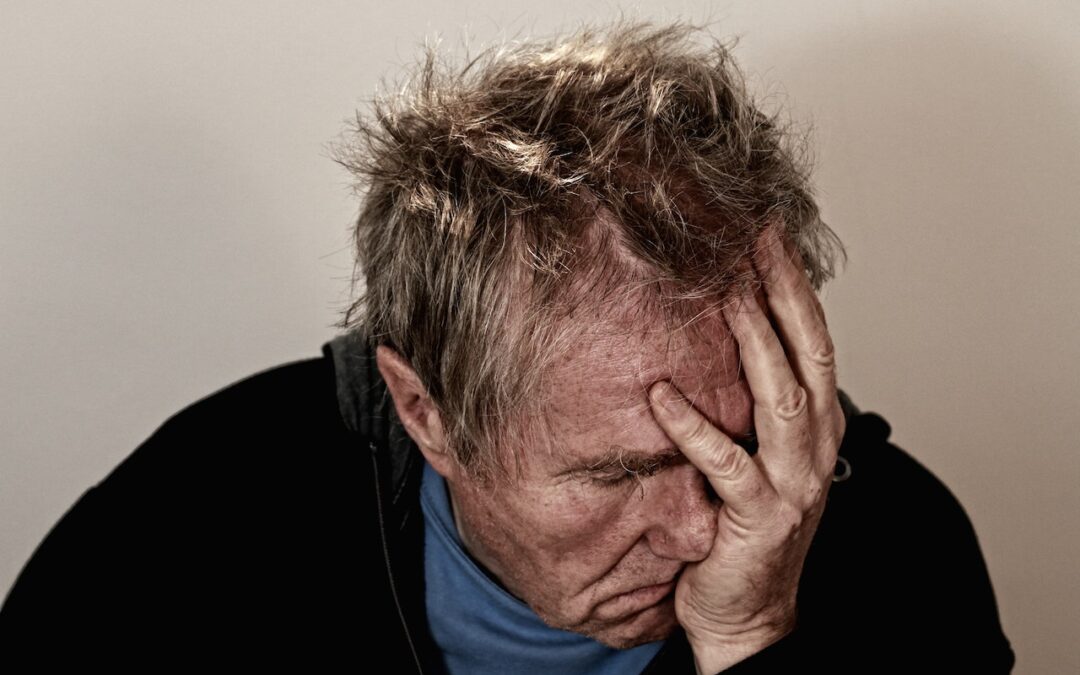Epilepsy, a neurological disorder that causes seizures, may be more common than you think. Around 1.2% of people in the U.S. have epilepsy, which translates to some 3.4 million people. In addition, people who have not been diagnosed with epilepsy may also experience seizures; fever, infection, low blood sugar, concussions, and alcohol withdrawal can all trigger seizures in people who do not have epilepsy.
Organizations exist with resources to find treatments and cures to help people living with epilepsy live full, healthy lives.
Even with treatment, seizures can still happen. For this reason, everyone should learn the basics of seizure first aid and be ready to respond if someone around them needs assistance.
Recognize the Signs of a Seizure
Seizures occur when neural activity suddenly increases in the brain. The uptick in electrical activity causes physical and psychological side effects, including changes in behavior, movements, sensations, and consciousness. Seizures may be “provoked” or “unprovoked.” The temporary conditions noted above—fever, infections, concussions, and so on—can all provoke seizures. However, many seizures are due to unknown causes and are said to be unprovoked. When a person has experienced more than one unprovoked seizure, they may be diagnosed with epilepsy.
Different people experience different types of seizures. The experience may be mild or severe. Some people may appear suddenly confused or in a daze, or they may repeatedly smack their lips, rub their hands, or blink their eyes rapidly. They may suddenly feel intense emotions like fear or anxiety and have trouble speaking. Others may experience uncontrolled muscle spasms, or their muscles may stiffen. They may black out, shake uncontrollably, collapse, and lose consciousness.
Witnessing someone having a seizure can be distressing. However, maintaining calm can be essential to the individual’s safety.
The Three S’s of Seizure First Aid
A seizure is not always a medical emergency; in fact, most are not life-threatening. Many people with epilepsy have created a care plan with their doctor to deal with them.
However, people experiencing a seizure can be vulnerable to injury. That’s why the three S’s of seizure first aid focus on helping the person stay safe until the seizure passes.
Stay: If you notice someone having a seizure, stay calm and remain with them until the seizure has passed. Check if the person has a medical ID or medical bracelet on them; many people with epilepsy carry such identification that notes their condition.
It is important to take note of the duration of the seizure. Seizures become a medical emergency once they pass the five-minute mark.
Check to see if the person is alert and coherent once the seizure ends. It may be normal that the individual does not remember the incident or displays some confusion. However, if the person is unresponsive, you should call for help.
Safe: If the person is in a busy street or other dangerous location, gently guide or move them out of harm’s way. If the seizure occurs while the individual is driving or in water, they should be immediately moved. Otherwise, do not move a person while they are experiencing a seizure. Look for any sharp objects or things like lit cigarettes near the person and move these away. Encourage other people who may have gathered to step back and give the person some room.
Side: If the person is unresponsive or unconscious, place them gently on their side. Loosen any tight clothes around their neck and ensure their airway is clear. A soft cushion, like a jacket or pillow, can protect the individual’s head until the seizure passes.
Prevent Seizure Complications
Besides environmental hazards, the biggest contributors to seizure complications are well-intentioned but harmful actions by bystanders.
For example, it is a misconception that people need to be held down while seizing. Restraining a person during a seizure can actually increase the risk of injury.
Likewise, people may place objects in the person’s mouth to prevent them from “swallowing their tongue.” However, it’s impossible to swallow your tongue, and the person can choke on anything you place in their mouth.
A rare but serious complication is Sudden Unexpected Death in Epilepsy, or SUDEP. Learning seizure first aid and recognizing serious symptoms are two ways bystanders can lower the risk of SUDEP.
When to Call 911
Most seizures are benign and may last for a few seconds. Sometimes, seizures are not noticeable. However, there are some signs that indicate that the person is having an emergency and must get medical attention immediately.
The seizure lasts longer than five minutes: Longer seizures are more dangerous. Also call 911 if the person has multiple repeated seizures.
The individual remains unconscious. If the individual never regains consciousness after the seizure ends, they need medical attention ASAP. Similarly, if the person is conscious, but does not return to their usual state, call for help.
The person is pregnant, injured, or ill: In these situations, it is best to call an ambulance as seizures can cause further complications, and any injuries need swift treatment.
The person has trouble breathing: This is always a medical emergency.
It’s the person’s first seizure: Anyone who experiences a seizure for the first time should seek medical care as soon as possible.
To download a poster with the three S’s, go to www.epilepsy.com or click on this link to the PDF.

